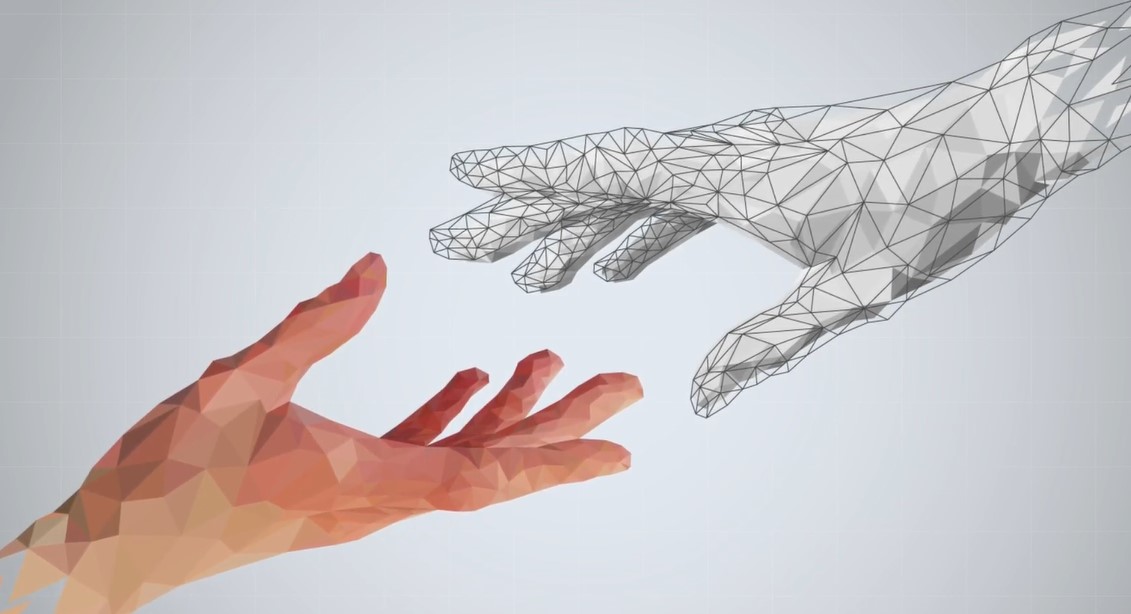Multimodal AI is a branch of artificial intelligence (AI) that deals with the handling and analysis of data from multiple modalities or sources, such as text, images, sound, video, tactile sensations, and more, to develop more complex and interconnected machine learning models and systems. The concept of multimodality focuses on integrating and concurrently understanding information from multiple sources to gain a more comprehensive and contextual understanding of the data.
Here are some key aspects of Multimodal AI:
- Diverse Modalities: Modalities in Multimodal AI can include text, images, sound, video, tactile sensations, and others. These are often combined to obtain a more complete picture of available information.
- Information Interconnectivity: Multimodal AI focuses on connecting and understanding data from different modalities. For example, it can understand the content of an image in the context of text or interpret emotions from a person’s voice tone during a conversation.
- Varied Applications: Multimodal AI finds applications in a wide range of domains, including virtual assistants, natural language processing, speech recognition, image analysis, automatic translation, and many more.
- Performance Enhancement: By using data from multiple sources, Multimodal AI can enhance the performance and accuracy of systems, as well as enable the development of more complex and intelligent applications.
- Addressing Ambiguity: Multimodal AI can help address ambiguity issues, where data from a single modality can lead to multiple interpretations. By integrating data from multiple sources, a clearer understanding of the situation can be achieved.
Examples of Multimodal AI applications include virtual assistants capable of responding to both voice and text commands, sentiment analysis of social media content, understanding video content through the combination of text and images, and many others.
In conclusion, Multimodal AI represents an advanced approach to artificial intelligence that uses data from multiple modalities to develop more powerful and versatile systems capable of understanding and responding to a wider range of information and contexts.



